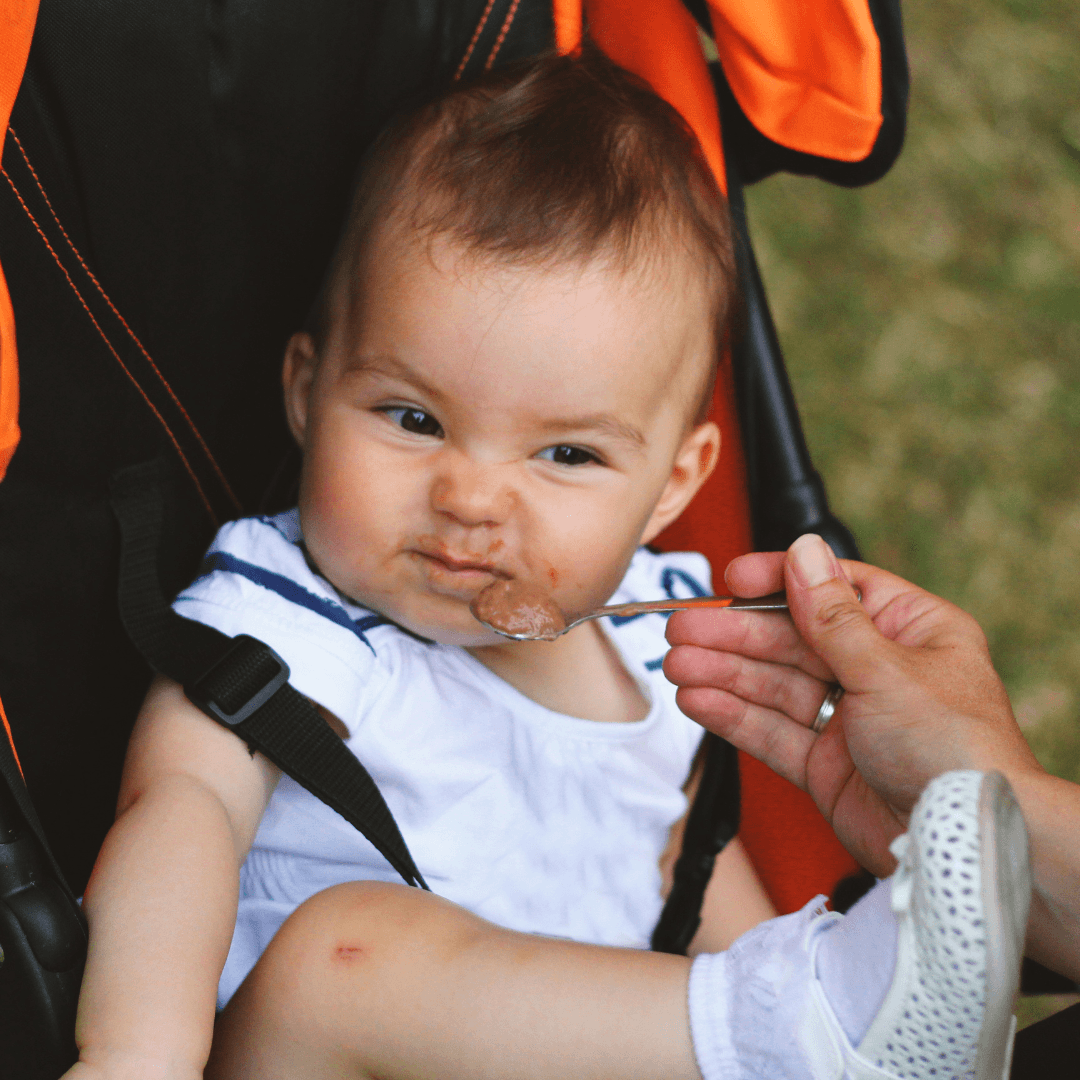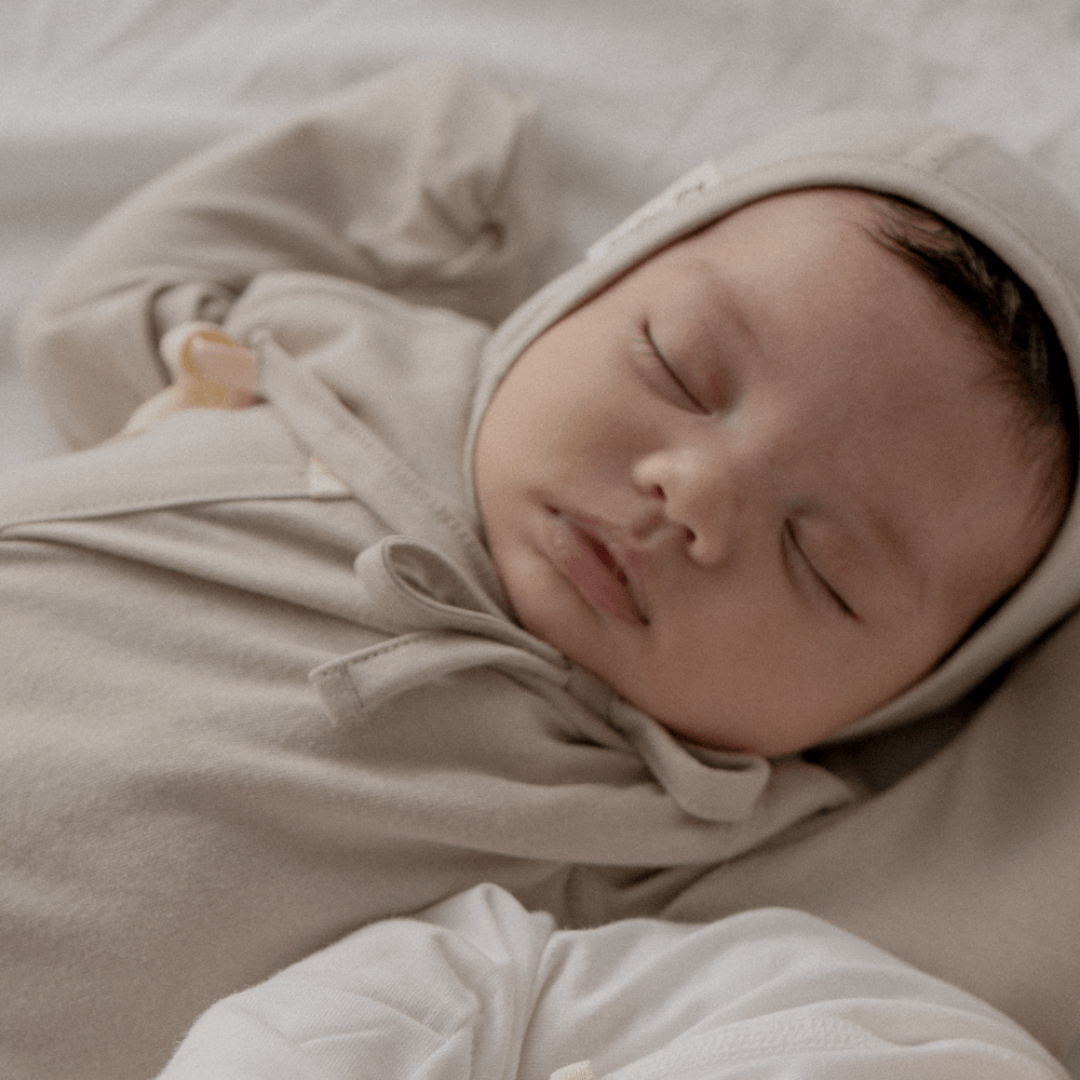Question of the Day
I hear a lot of stories about wrist pain while taking care of a newborn baby. How can I prevent wrist pain? I'm also curious about how to deal with it.
One of the most difficult problems for new mothers is wrist pain. Before we had babies, there wasn't a lot of lifting of objects weighing around 2-4 kg. However, after giving birth, you might be always holding and comforting a baby who weighs 2 to 4 kg, often using your wrist and hand strength.
How to Prevent Wrist Pain
1. Continue to exercise to increase wrist strength!
What causes wrist pain in mothers? This is usually due to a lack of strength. Women who have strong muscle mass and have been playing sports throughout school have a much faster postpartum recovery than women who have been less active. We recommend that you do a lot of yoga during pregnancy, and do frequent stretching to develop wrist strength.

2. Get rid of the habit of putting your hands on the floor.
Some people get up by pushing their hands against the ground when they get up from sitting. If you do this without also developing your wrist strength through exercise, pressure will be applied directly to your wrist. Think about your daily lifestyle. Do you habitually put your wrists on the floor to get up from sitting?
Before having a baby, it is good to check and correct these lifestyle habits in advance.
Tip: Ask another family member to tell you to stop whenever you do a habit that places unnecessary pressure on your wrist. This can help you avoid habitually repeating the same behaviour over and over again.
3. Be careful right after childbirth.
When you go to the hospital room after giving birth, you might notice that the bed in the hospital room is a little high. Whether you had a cesarean section or a vaginal delivery, after giving birth to a baby, it’s not surprising that your lower body hurts a lot. Since you can't use my lower body properly, you may use your hands and arms a lot more.
So, be aware of this situation and ask for help from your family or husband as much as possible. When you get up from or onto the bed in the hospital room, do not go up on your own, but with someone else's support.

Tip: From immediately after childbirth, consciously be careful about using joints such as wrists. You can reduce behaviours that can involuntarily put a strain on your wrists. If you need to lift heavy objects or wash the dishes, ask someone else to help you.
4. Hold your baby in the correct position.
When holding a baby, be careful not to bend your wrist for a long time. Think of it as holding the baby using your forearm strength instead of your wrist. Hold the baby as close to your body as possible and support the baby with your body. When breastfeeding, use a nursing cushion to relieve the baby's weight, and if your arm hurts, change your posture to reduce the burden on your wrist.
# Parenting advice from Director Hyang-Hwa Kwon
What if your wrists are already starting to hurt?
The best way to do this is to avoid using your wrists as much as possible. You can wear a support bandage, but if you wear the bandage for a long time, your blood circulation and the pain may get worse. Wear a bandage when holding your baby (this reduces wrist flexion) and take it off when resting or sleeping.

After consulting with a specialist, you might find that it is necessary to receive physical therapy and use a hot pack or paraffin poultice at home. Buying a paraffin poultice is also an option. It is a device that melts solid paraffin wax to use to soak painful areas such as wrists or ankles to warm them up.
It is good because it distributes heat evenly to joints with a lot of flexion such as the wrist. However, as this poultice is an auxiliary treatment, if your symptoms are severe, you should visit a hospital for an accurate diagnosis.
---------------------------------------------------
Author: Kwon Hyang-hwa
- Newborn Childcare Coach
- IBCLC International Breastfeeding Specialist
- Worked as the director of a postpartum care center for 10 years.







